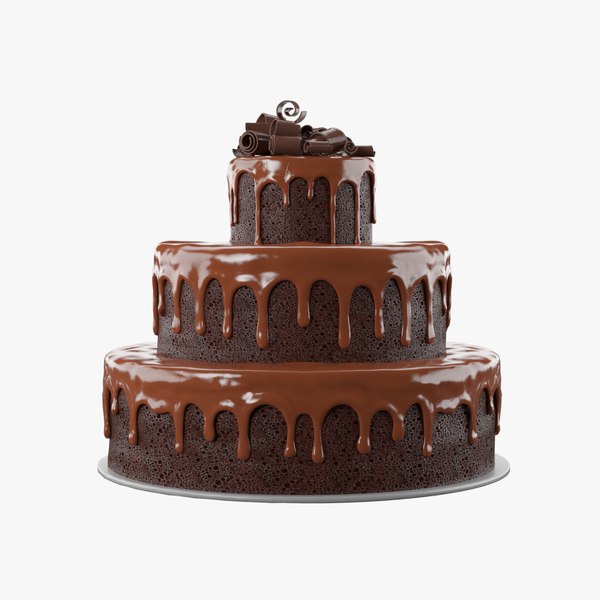Clare, Peter (2024). Origins of Snooker
페이지 정보
작성자 Abbie Hoffman 댓글 0건 조회 11회 작성일 24-08-01 05:07본문
To determine the bank point line for any pool bank shot, you need only to divide the ball pocket lines and cross pocket lines where they join together. Align all bank angles and lines using the bottom of the pockets and cushions where they meet the cloth of the table. And whether you’re buying a pool table for the first time or you’re planning to have your old table refelted, picking the right color can be a little daunting. The first ball must be placed at the apex position (front of the rack and so the center of that ball is directly over the table's foot spot). Simply drive the cue ball from its present position to meet the ghost ball as diagrammed to make this spectacular-looking bank shot with ease. But spinning the cue ball backward off the hit with the object ball not only looks cool, it's a vital position play in pool. Take the bank calculation with a grain of salt, as english derived from impact with the cue ball on an oblique angle or with the stroke can affect the path of the object ball. Having said that, you can do the calculation for any bank faster than you read it on these pages.
Having derived the bank point line in our easy as 1-2-3 calculation, you have arrived at the moment of truth, a concrete look at the precise place we need to bank the 1-ball to meet. Now, we need to build the ball pocket line for the object ball. You're used to playing balls into the pocket all the time, so simply begin by dropping an imaginary line into the corner pocket from the point on the cushion directly opposite the center of the ball to be banked. Perhaps the far corner pocket? By drawing a straight line, perpendicular to the cushion where the ball pocket line and cross pocket line meet, we can calculate the precise spot where we want the 1-ball to strike on its way across the table before changing direction in exciting fashion. Start with light strokes so you can see the ball curving off its path--too much momentum forward and the spin will never take hold anyway. Add this basic stroke to your arsenal and you will be well on the way to becoming an excellent pool shooter. The basic stroke on the white ball is a smooth throw-like motion. The slip stroke is an unusual technique, of endless fascination at my clinics.
Give it a try and check out the reverse slip stroke and body slip stroke also, for odd variations on the original "pool juice". The Brits have built the force follow stroke into Snooker, and you can see it in stop action photos on a pool table here in this article. The "experts" say to hold your elbow joint so that your lower arm sits to the ball at a ninety-degree angle to the table, but take a look at how our stop action photography disagrees. No more telling everyone on the lot to stop what they're doing and come over to change clothes, now they'll do it just walking through the door! Special sets designed to be more easily discernible on television substitute pink for the dark purple of the 4 and 12 and light tan for the darker maroon of the 7 and 15 balls, and these alternative-color sets are now also available to consumers.

Thanks to Duddly (now defunct but offered at the sims biker I believe) for the inspiration of his wardrobe-changing doors, Aenigma's site for the un-gapped door bases, and The Tom and his thorough knowledge of sims' programming code. The second line is easy to pick, as it always forms an "X" with the cross pocket line. Draw this second imaginary line (shown in red on screen) from the object ball into the pocket opposite that for the intended bank shot (the one ball will sink where the blue line goes in the opposite pocket). If I asked you to drill a ball straight ahead or nearly so fairly hard into a distant pocket while sending the cue ball forward past impact exactly one diamond's distance across the table, could you do it? The shooter deliberately pockets the opponent's balls while shooting the 8 ball. When a player pockets the cue ball, there are two common outcomes as a result of the foul. There are three kinds of balls used in billiards; white, yellow or spotted white (more than two black dots for identification of a spotted white), and red. Where, for example, would you plan to bounce the yellow 1-ball if you wanted to bank it into the pocket?
If you enjoyed this article and you would certainly like to receive more facts regarding what is billiards kindly see the webpage.
댓글목록
등록된 댓글이 없습니다.